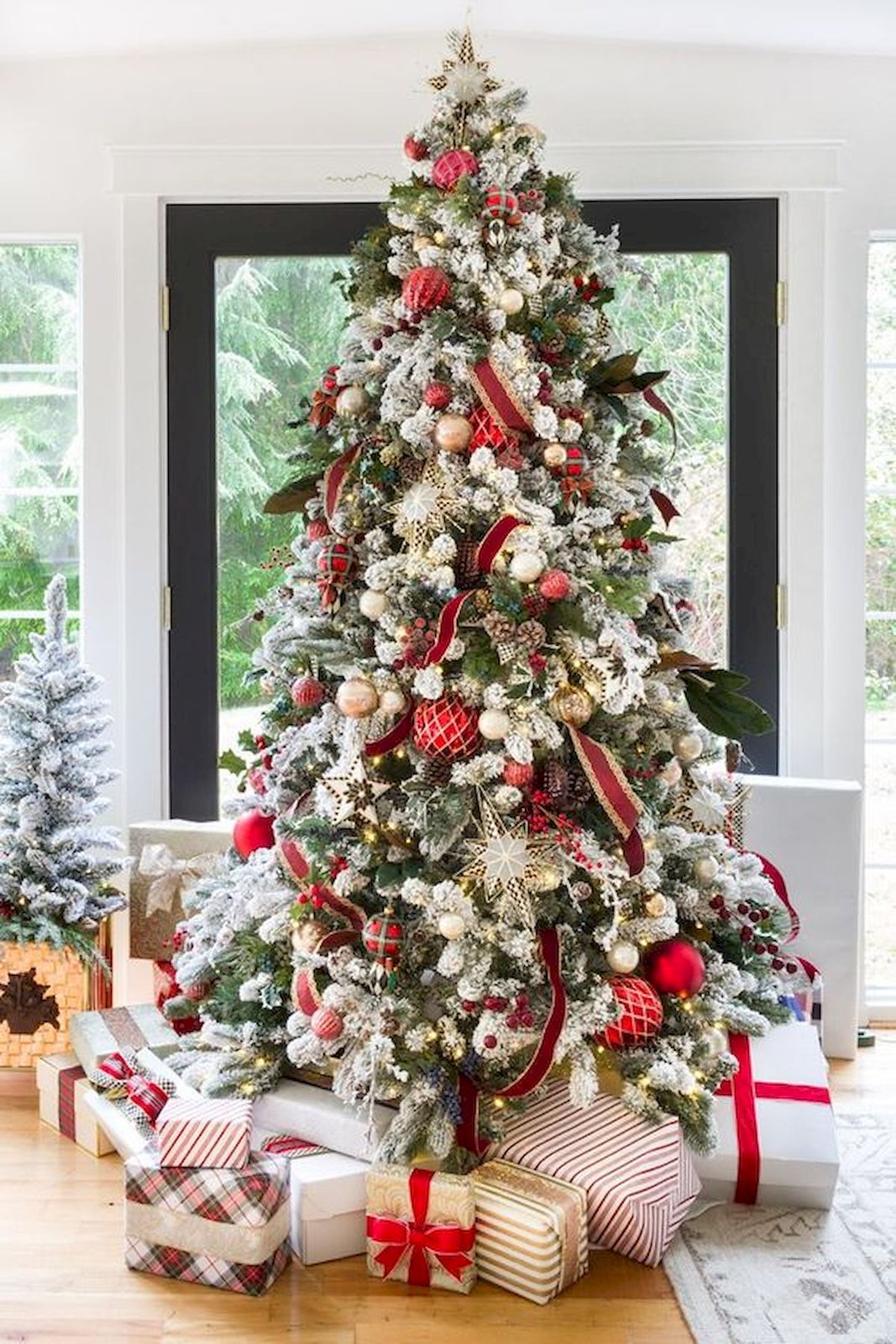5 Reasons Trees Are Decorated for Christmas

Christmas trees have become synonymous with the holiday season, their twinkling lights and festive ornaments symbolizing warmth, joy, and tradition. But have you ever wondered why we decorate trees during Christmas? This age-old tradition, rich in history and symbolism, offers numerous reasons beyond just the aesthetic appeal. Here are five compelling reasons why trees are adorned during this festive time:
1. Historical and Religious Significance

The tradition of decorating trees can be traced back to ancient times, predating Christianity. Here’s how:
- Pagan Origins: Before Christianity, ancient tribes like the Druids in ancient Europe would dress their homes and sacred places with evergreen boughs during winter solstice, symbolizing life in the midst of death-like winter.
- Christian Symbolism: As Christianity spread, the evergreen became a Christian symbol too. Evergreens were used in Nativity plays to represent the promise of life eternal through Christ. Additionally, Martin Luther, a 16th-century reformer, is often credited with the first tradition of bringing a fir tree inside and decorating it with candles to replicate the stars shining over Bethlehem.
2. Psychological Comfort and Aesthetic Joy

Decorating a Christmas tree provides psychological benefits:
- Mood Elevation: Festive decor, especially with twinkling lights, can improve mood and create a festive atmosphere, combating the winter blues or Seasonal Affective Disorder.
- Aesthetic Value: The vibrant colors, ornaments, and lights make for a visually pleasing environment, enhancing the overall aesthetic of the home during the holiday season.

3. Family Bonding and Traditions

Decorating the tree has become a significant family bonding activity:
- Family Time: Families come together to decorate, fostering unity and creating lasting memories. It’s an occasion for laughter, storytelling, and bonding.
- Tradition: Every family often has its own unique ornament or style, passing down decorations through generations, reinforcing cultural and familial traditions.
4. Environmental Significance

There are environmental advantages to tree decorating:
- Evergreen Symbolism: Evergreens symbolize life, growth, and rebirth during the dark, cold winter months, bringing a message of hope and renewal.
- Eco-Friendly Practices: More people are choosing potted trees that can be replanted or using biodegradable decorations, showcasing a commitment to sustainability during the holidays.
| Eco-Friendly Tree Options | Benefits |
|---|---|
| Potted Trees | Can be replanted post-holiday |
| Reusable Decorations | Reduce waste |
| Natural Ornaments | Biodegradable and eco-friendly |

5. Community Celebration and Festivities

Christmas tree decorating often goes beyond the home:
- Public Displays: City squares, shopping malls, and other public spaces feature large, often elaborately decorated Christmas trees, which serve as focal points for community gatherings and celebrations.
- Competition: In some communities, there are events and contests for the best-decorated tree, fostering community spirit and holiday cheer.
The act of decorating a Christmas tree embodies a rich tapestry of historical, psychological, familial, environmental, and communal significance. Each reason intertwines to create a tradition that is cherished and celebrated worldwide. This holiday ritual goes beyond simple aesthetics; it connects us with our past, brings us together with loved ones, promotes a sense of hope during winter, and encourages communal joy and celebration. From the ancient practices of our ancestors to the modern-day excitement of lighting up a tree, the Christmas tree remains an enduring symbol of the holidays, bringing joy, light, and tradition into our lives.
Why do we light Christmas trees with candles?

+
Candles were originally used on Christmas trees to symbolize the stars in the night sky over Bethlehem. Martin Luther is credited with bringing this tradition indoors.
What does the Christmas tree represent in Christianity?

+
In Christianity, the evergreen tree symbolizes eternal life, and its triangular shape represents the Holy Trinity. It also stands as a reminder of the new life promised through Jesus Christ.
Are there any alternatives to traditional Christmas trees?

+
Yes, alternatives include potted trees that can be replanted after the holiday, recycled trees made from reused materials, and artificial trees which can be reused year after year, reducing environmental impact.



